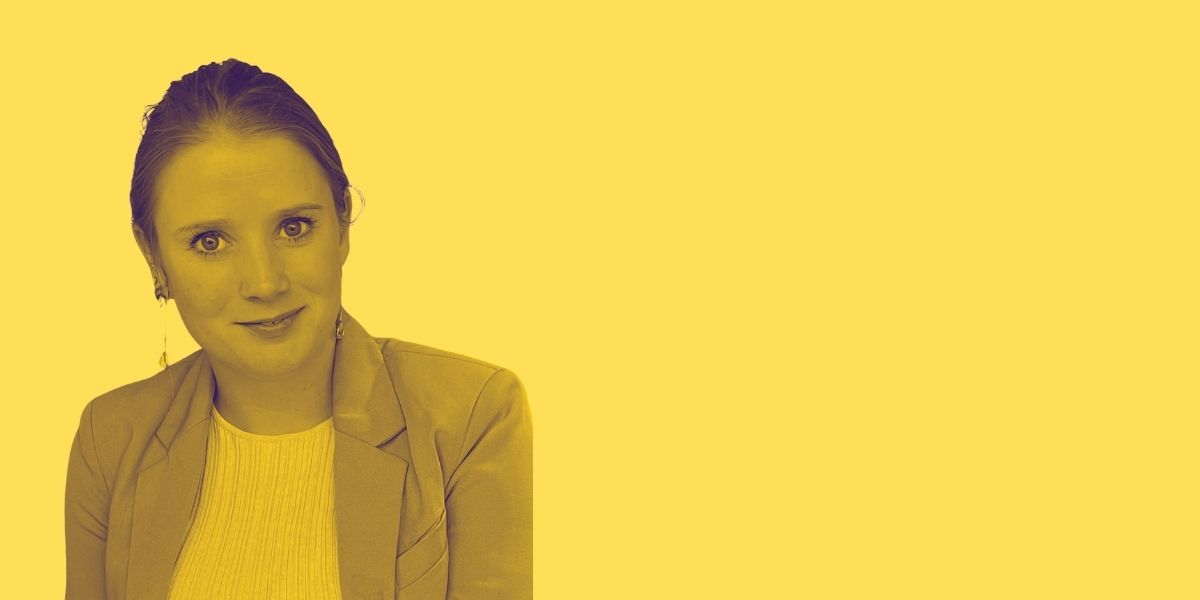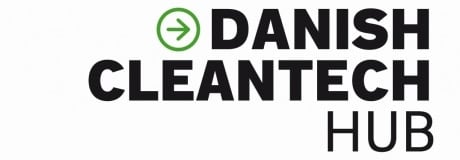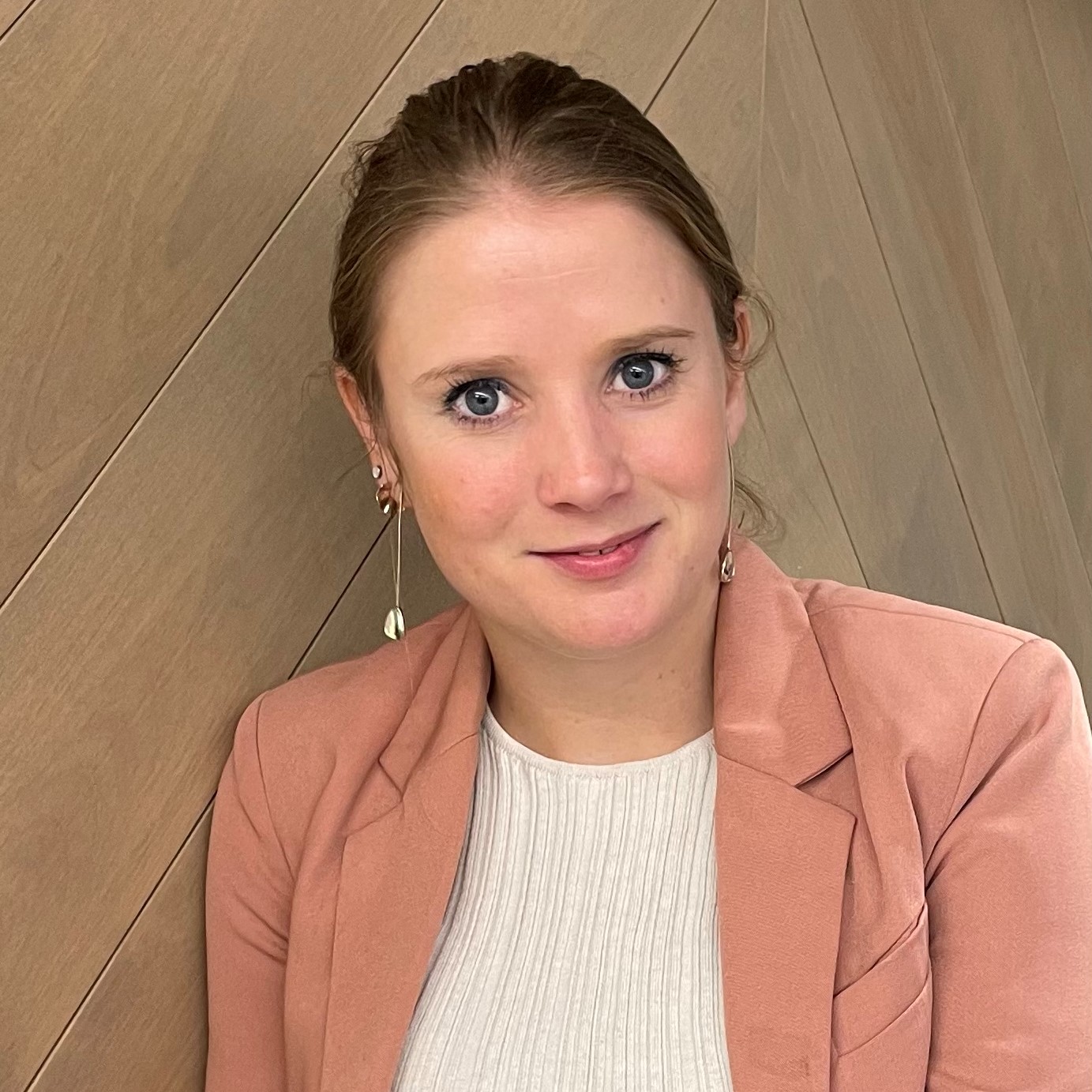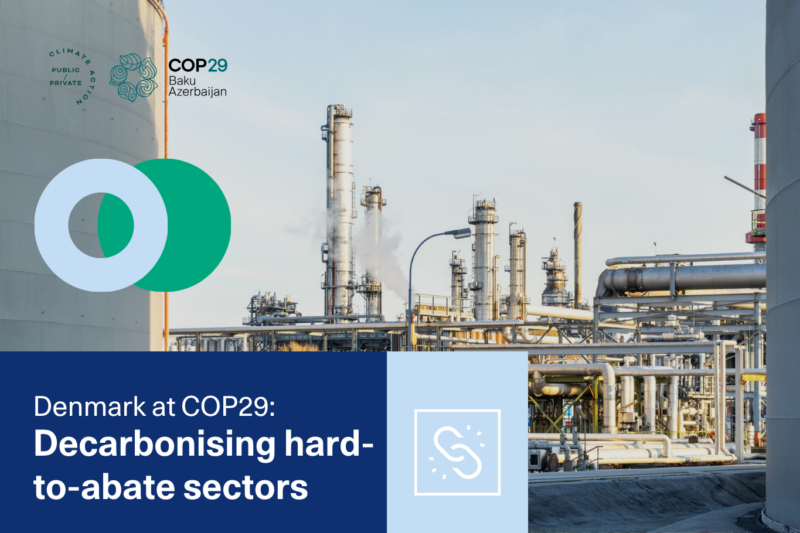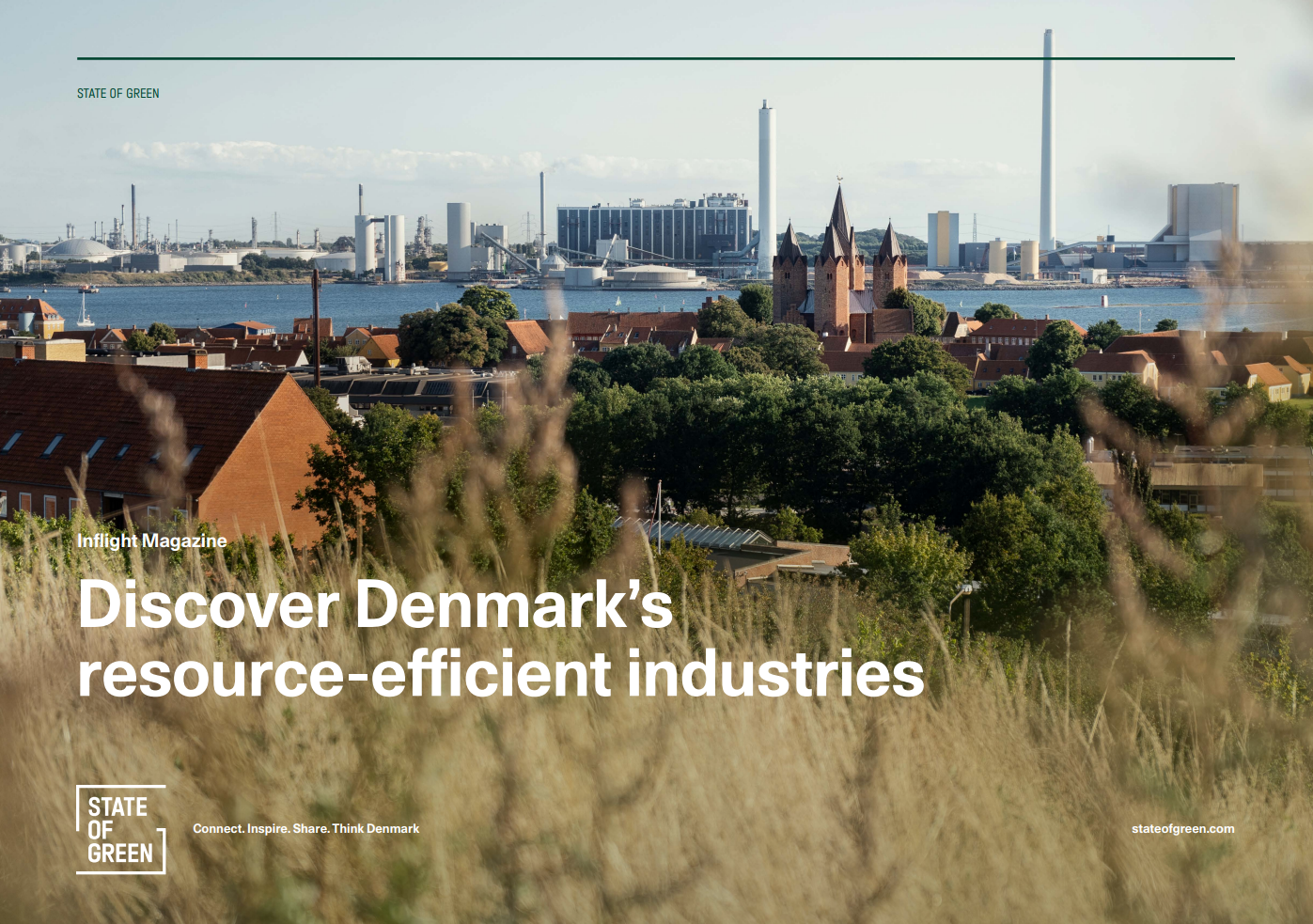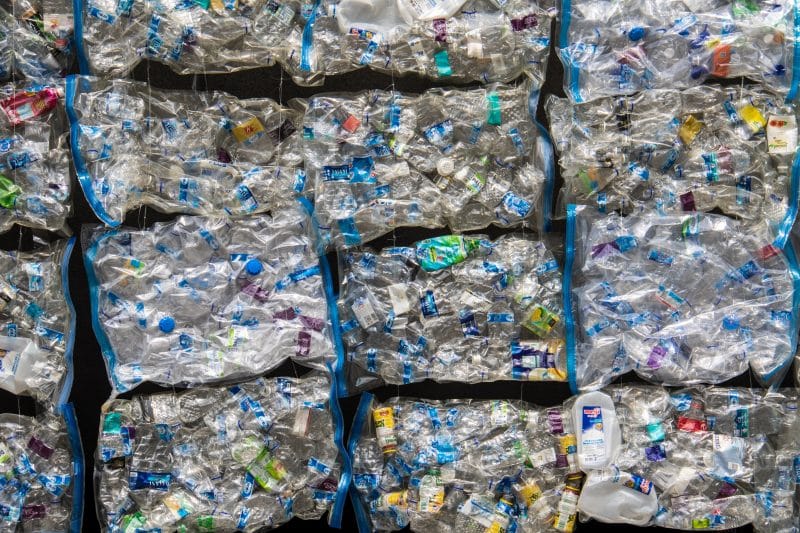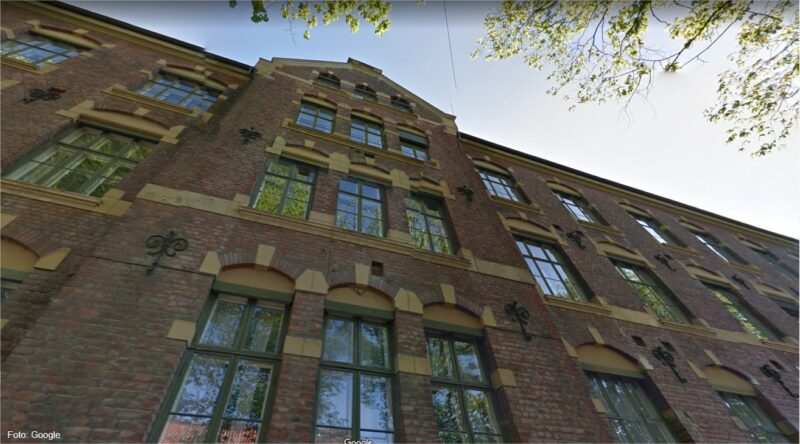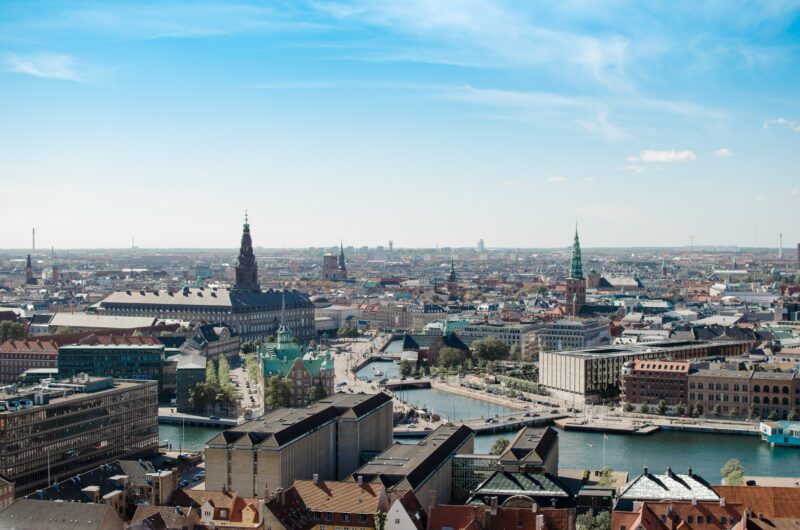In a couple of weeks Circular City Week New York will take place for a fourth consecutive year – a week born with a transatlantic perspective on circular economy. The US and Denmark shares the ambition for spurring greater market demand for circular solutions, but we have different ways of approaching it. Luckily there are ways to complement each other – especially when working on innovation.
At Danish Cleantech Hub we started our explorations of circularity in the US back in 2017, where the concept of circular economy was still an emerging and explorative new topic. However, corporate frontrunners were beginning to look for inspiration and new business models to produce goods and services inspired by circularity. To kickstart our collaborative efforts I had the privilege to host a study trip to Denmark for 10 Americans trendsetters from the private and public sector, organized by State of Green. Together we toured all of Denmark and got to experience and explore the synergies and differences between Danish and American approaches to upcycling, end-of-life, recycling strategies etc. The main take-away, for all of us, was the great potential in collaboration and learning from each other. Because no one knows everything. But together we know a whole lot – especially when it comes to innovation.
The ‘exportability’ of circular economy
The circular economy model was born not only out of the necessity to change the course of today’s linear model, but also out of the huge opportunities for both the environment and business in delivering new circular solutions. I cannot count the number of times I have been told that circularity is not a sector and hence it cannot be an export driver. But just look at the numbers: In Denmark, it is estimated that a transition to a circular economy in 2035 can increase GDP up to DKK 45 billion and that net exports can increase by 3-6 percent.
New types of business models are developing rapidly. There is no-size-fits-all, which is why there is such a large variety of circular solutions being introduced in both Denmark and the US. In Denmark, our long tradition for enabling thriving creative first-movers, committed to environmental responsibility and progressive social activism, will be setting the tone for the next generation to follow – also internationally. And the US is ready! When looking across the pond to Europe they are eager to build connections with industry innovators to explore emerging technologies and develop tangible solutions for the world’s most critical social, environmental, and economic problems.
Innovation: Born circular or incremental innovation
Denmark has been incredibly active in enabling especially SMEs in exploring and developing circularity as a core part of their businesses. As part of the implementing team behind the ‘Green Circular Transformation’ project I currently have a front row ticket to see how +400 Danish companies is pivoting their business models, reinventing their sales strategies, and developing entirely new products, as to incrementally take on circularity. At the same time, a lot of effort is also put into providing funding to large scale pilot projects in Denmark. Especially within the build environment, Denmark stands out as a place where new and established companies can test and obtain proof of concept.
On the other side of the Atlantic, the Americans have embraced the entrepreneurial, innovative, and economic force of the private sector. In the US, a large portion of the ecosystem of start-ups are ‘born circular’. Disruption in an industry is seen as a profitable and admirable way to stand out as a start-up. The last years, we have seen a growth in new startup businesses that enable the sharing economy and material innovation. Additionally, the uptake of new inventions in the US is driven by a strong focus on the economic potential of circular economy.
Subsequently, Denmark and the US stand to gain immensely from exploring these differences, as these approaches have different strengths in terms of scalability, innovation areas, and incentive structures.
The next frontier of circular innovation is collaboration
A key learning over the years has been the need to innovate and create solutions that not only achieve the crucial aims of the circular economy, but also deliver viable business and economic solutions. So how do we handle this to achieve this transformation?
To fulfill this transition, we must build stronger collaboration. Sharing knowledge and building relations is a crucial first step. This I reason we started Circular City Week New York, precisely to enable the conversation, bring people together and start the sharing process. As of today, great first strives towards creating challenges and programs do exists, but we also need to build upon this with deeper, longstanding, and more consistent innovation partnerships.
The conclusion is basically the same as in 2017. We need to inspire each other and create solutions together. This is the only way we can accelerate the circular transition!
